BAFTA Headquarters
Benedetti Architects was tasked to give the BAFTA Headquarters a dynamic feel in London, England.
Benedetti Architects unveils the comprehensive expansion and re-design of BAFTA’s Grade II listed headquarters, enhancing its international identity as the centre of excellence for motion picture arts in Film, Games, and Television; integrating innovative state-of-the-art technology and cost-in-use efficiency, while sensitively balancing members’ needs with public access and revenue generation, ensuring the charity’s long-term social, environmental, financial sustainability.
195 Piccadilly, the charity’s home since 1974, was built in 1883 as the Royal Institute of Painters in Water Colour (JMW Turner’s bust on façade), when snubbed by neighbouring Royal Academy. Its size, layout, and failing services severely limited BAFTA’s delivery of ever-widening charitable programs. A New Crown Estate lease beyond their 100th anniversary prompted commissioning Benedetti Architects as architects & interior designers. Funded by donations/reserves, BAFTA has no government subsidy.
The 2,050m² listed building was tired, unfit-for-purpose, and expensive to run/maintain. Benedetti Architects’ design creates 2,465m² of state-of-the-art spaces with maximum flexibility, balancing the charity’s educational work with members’ needs and revenue. At its heart is the Learning and New Talent floor, core to the charity’s mission, enabling the inspiration, support, and training of diverse young creatives in Film/Games/TV.
The design significantly increases usable area, doubling capacity and WC’s, with entirely new infrastructure, fire safety, energy performance, acoustics, thermal comfort, and useability. Unifying interior design enhances BAFTA’s unique character celebrating its historic assets of Benedetti Architects’ inventive re-working of various combinations of spaces, volumes, views, and sequential movement enables robust charitable/commercial adaptability with opportunities for theatrical reveals/special events, securing the charity’s long-term social and financial sustainability.
The most strikingly revelatory aspect of the design is a new top floor that restores/raises/re-integrates two huge 1883 Victorian rooflight spaces and decorative plasterwork, blocked for more than 40 years and considered lost. The historic plasterwork/structures, lifted 3m and enclosed with innovative high-performance ‘Eyrise’ smart glazing (first UK use), creates the new top floor with spectacular views over St James’s Church and garden. Another UK first-use is Benedetti Architects’ 3D-printed ‘wearpure.tech’ airborne-carbon reducing bar/screen, highlighting sustainability to young visitors on the Learning/New-Talent floor.
Design: Benedetti Architects
Contractor: Knight Harwood
Photography: Jim Stephenson, James Newton, Luca Piffaretti, Thomas Alexander

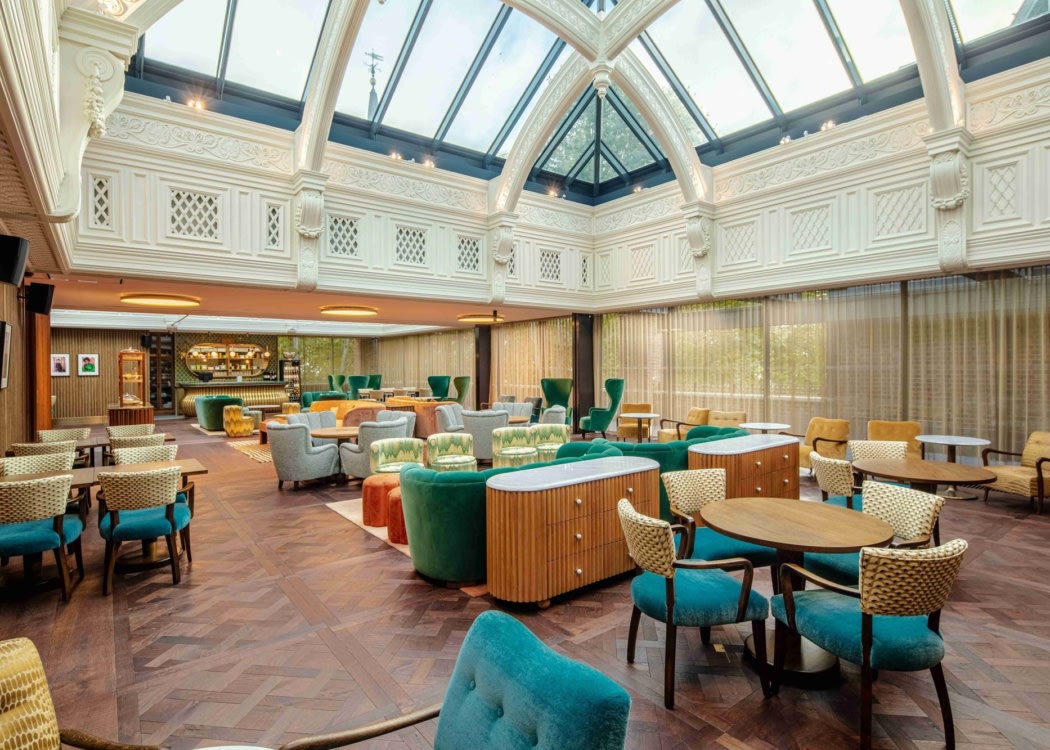
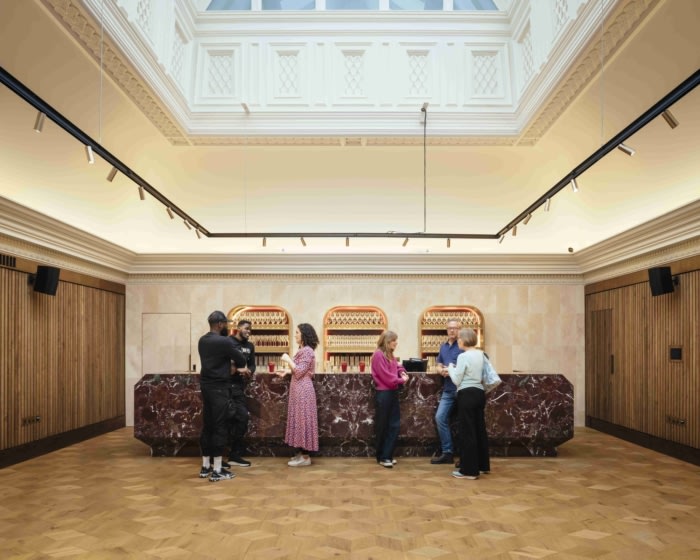
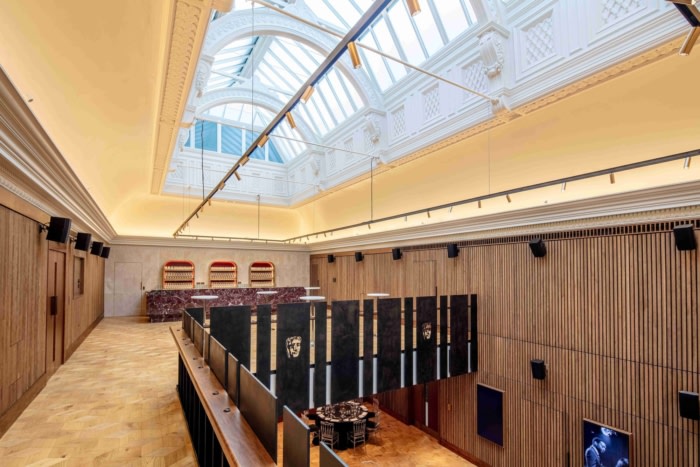
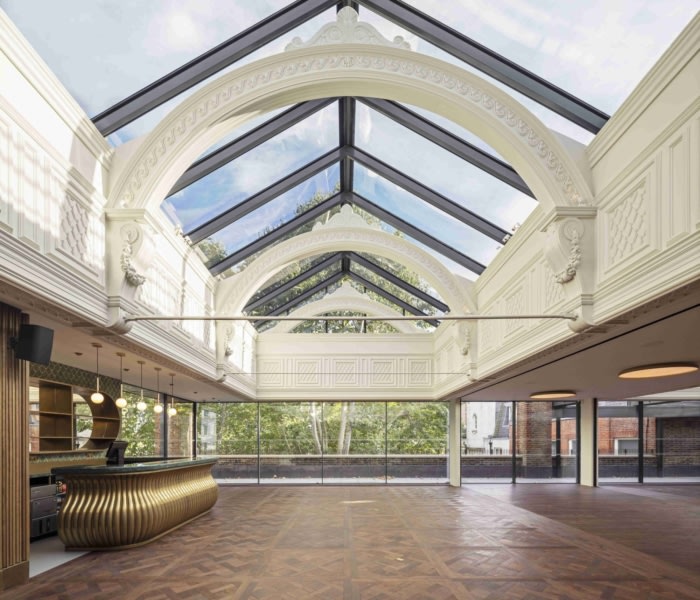
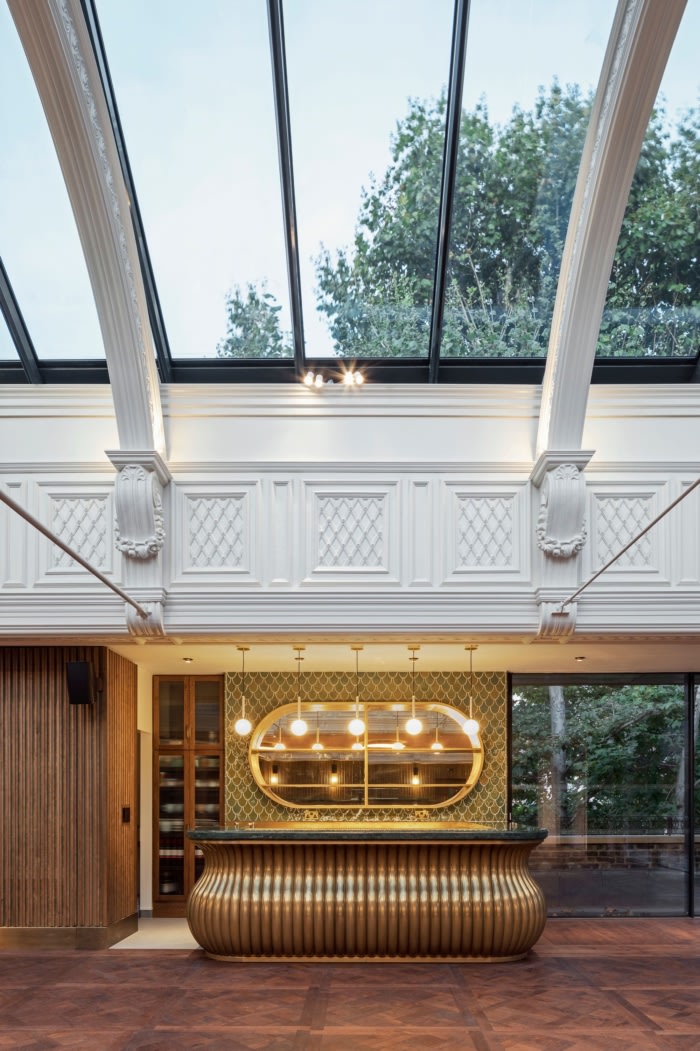
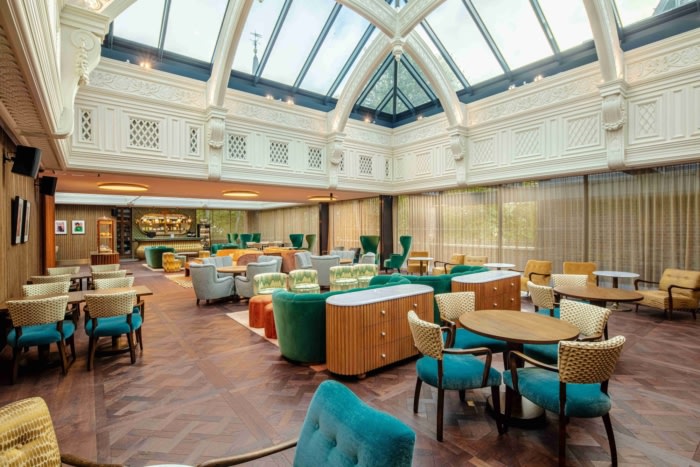
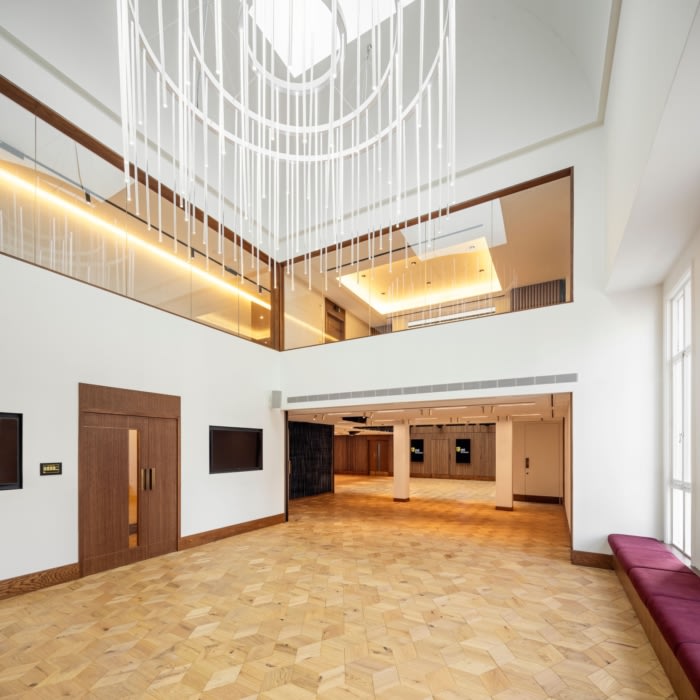
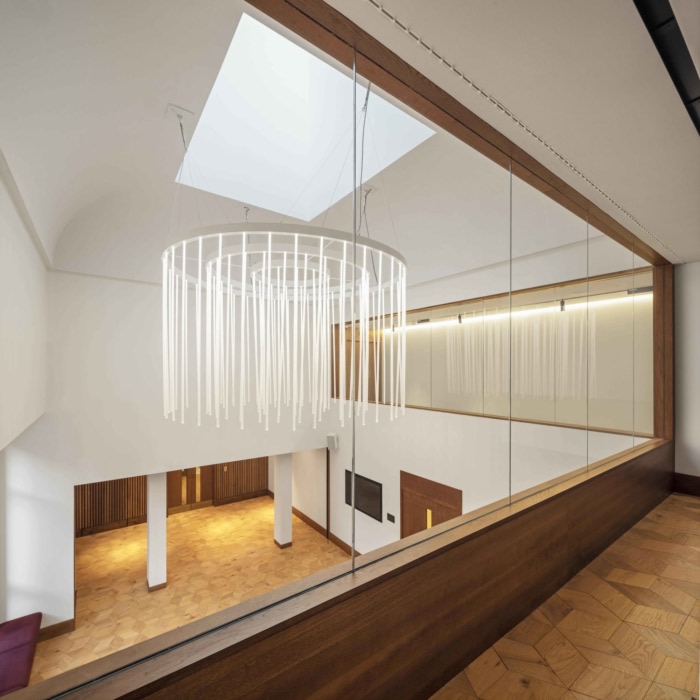


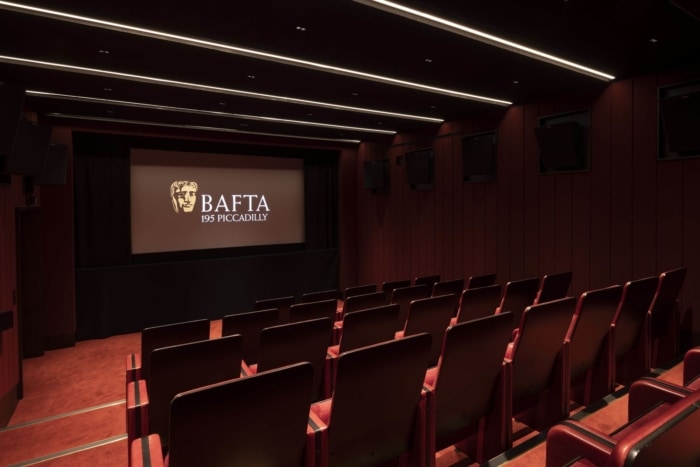

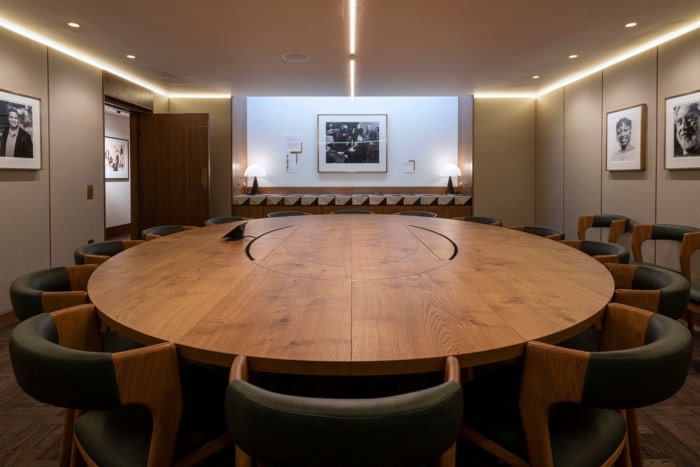



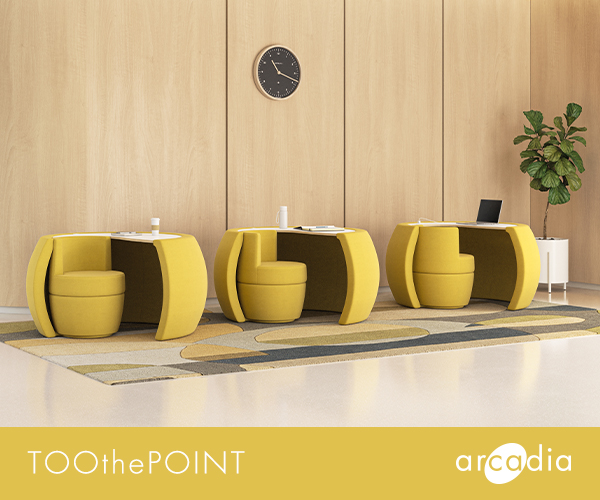





Now editing content for LinkedIn.